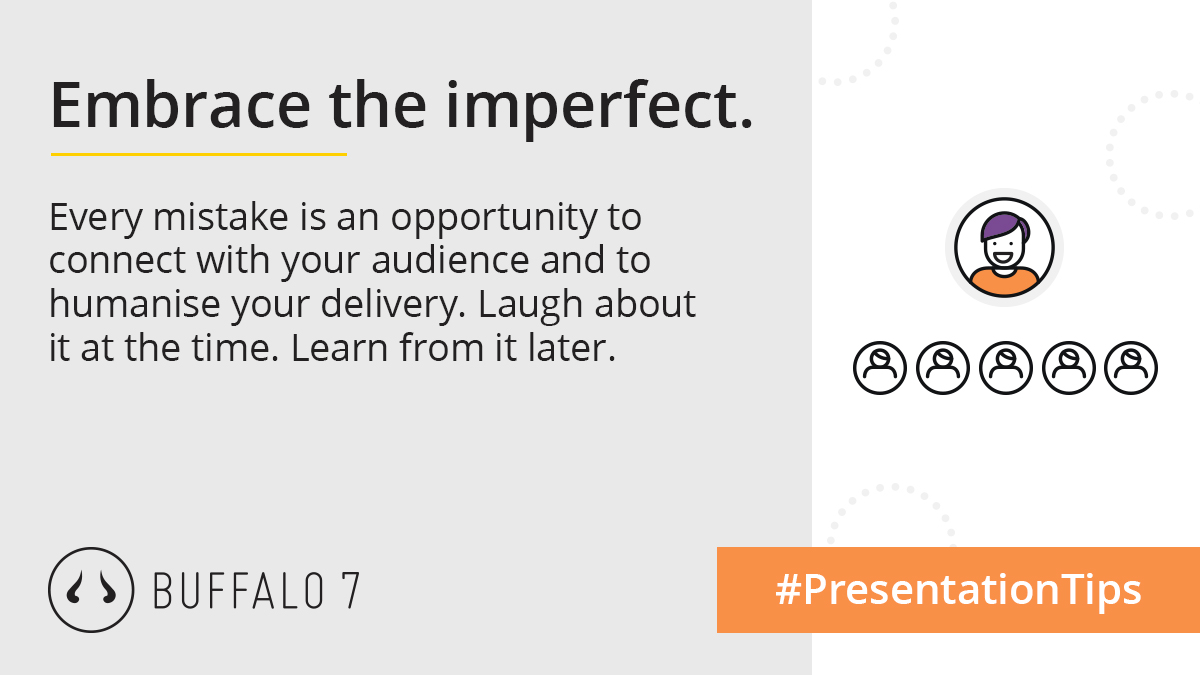Michelle Obama didn’t choose to be in the public eye. She didn’t present herself as a role model: the position was thrust upon her. While her professional capacity as a lawyer gave her an advantage in terms of public speaking, it was her husband’s political aspirations that catapulted her into the spotlight.
This wasn’t a role that Michelle fell into naturally. When Barack first started his political career on his way to the White House, Michelle famously rolled her eyes during a television appearance. She was also quoted as saying, in a somewhat passive-aggressive sentiment, “Maybe someday he will do something to warrant all this.” This isn’t exactly the action of someone who’s comfortable with their new status as a high-profile centre of attention.
She wasn’t born with the innate ability to hold the attention of large crowds, either. Her progression has been a steep learning curve, with the added pressure of being watched by the entire world.
Looking back at her first public appearance during Barack’s campaign in 2008, Michelle appears nervous, stumbling over her opening sentences, and repeating herself to correct her mistakes. She speaks unnaturally slowly, while trying to get a handle on her nerves, and her hands gesture excessively.
But can you blame her? Imagine if you were pushed out in front of four thousand people. You’d likely be a little shaky too.
Fast forward to the 2016 National Democratic Convention, and you wouldn’t be blamed for thinking a different woman was standing on that stage. She is still and calm, her body language is controlled, and her speech takes natural pauses. She appears in complete control of the speech, rather than the speech controlling her.
By the time she left the White House, Michelle’s public speaking fee was estimated at an impressive $200,000 per speech. So what changed? How did she go from novice to expert?
Michelle is proof that great storytelling isn’t something you are born with, it is a skill that anyone can build.
Here are just a few things we can learn from the former First Lady:
Be genuine, not perfect
Michelle waited twenty months into Barack’s presidential campaign to make her first public address. She wasn’t desperate to jump on the podium and get her moment in the spotlight. She waited until she had something important to say. In this first speech, she pushed the importance of family: not only her dedication to her own, but also Barack’s dedication to the working-class families of America.
Despite being early in her development, this speech already shows her characteristic mix of family stories, self-deprecating anecdotes, and emotional pleas for equality and respect.
It wasn’t the over-rehearsed, slick media masterclass that many public speakers strive for, but this appearance was credited as one of the reasons for Barack’s election.
Don’t put pressure on yourself to be perfect. Audiences are naturally attracted to people that show their real selves, not the image that they think people want to see. If you speak honestly and openly, your audience won’t be able to look away.

Understand your brand
Following her husband’s election, Michelle decided to steer clear of diving into a strong political stance, unlike her predecessors. She has always remained true to her own brand, understanding that America didn’t elect her as President. She is highly respected as a lawyer and a mother, and chooses to tackle social causes that play to her strengths.
Don’t try to be someone you’re not. Take the time to learn your strengths and discover your unique voice. Audiences can tell when speakers aren’t entirely comfortable with their position and will lose trust in what you’re saying. If you remain true to your own brand, you are sure to capture the imagination of your audience.
Lead with emotion, follow with logic
Since Shakespeare’s Henry VI, lawyers have gained a reputation as heartless creatures with no consideration for their fellow man. Michelle Obama has continually proven to be the antithesis of that label. Always speaking from the heart, she’s never needed to rely on tricks or crowd manipulation.
While the uninitiated may favour a list of facts as the quickest way to convince an audience of their position, the best storytellers know that it’s through emotion that we make lasting connections.
Michelle knows how to hook her audience with an emotional appeal, only then cementing their belief by applying logic. For instance, in her 2016 address in support of Hillary’s campaign, she gracefully said:
“When you have the nuclear codes at your fingertips, and the military at your command, you can’t make snap decisions, you can’t have a thin skin, or a tendency to lash out. You need to be steady and measured and well informed.”

Michelle Obama at the Democratic National Convention 2016. (Reuters Photo)
Without even mentioning the Trump word, she spoke to the fears of a nation, encouraging them to take a stand against a future threat.
This approach may seem counter-intuitive, but Neuroscientist Antonio Damasio’s scientific research says otherwise. Working with patients who have sustained damage to their ventromedial prefrontal cortex, the emotional centre of the brain, Dr Damasio discovered a surprising outcome. The patients became incapable of making any decisions without emotional consultation. In other words, we need both emotion and logic to make any decision, from choosing what’s for dinner to deciding who should run the country.
Logic isn’t the driving force of decision making, it just defends the conclusion that emotion has already arrived at. – Click to tweet. If you can appeal to your audience’s hearts, rather than their heads, you’re guaranteed to win them over.
Tell stories, not statistics
Michelle Obama has earned many labels – role model, activist, equality advocate – but it’s her role as a mother that strikes the biggest chord with audiences. And it’s this label that she draws on most frequently when addressing the public. Michelle rarely uses data to drive her point home; she uses stories of her children, understanding that this makes her universally relatable.
In 2016, she shared, “With every word we utter, with every action we take, we know our kids are watching us. We as parents are their most important role models.” She understands that this is something all parents have felt, regardless of status.
If you want to connect with your audience, there is no more effective way than by telling stories, especially personal stories, that give a glimpse into your life outside of that which is publicly projected. If you can make every member of the audience feel as if you are speaking to them alone, you will have them hooked on your every word.
Be strong of body, as well as mind
Most voice coaches will agree that good speaking starts with a healthy body. A strong core, healthy lungs and good posture all support your voice and help you to command a room. Michelle Obama doesn’t just use those incredible arms to metaphorically hug an entire nation, they’re an essential aid to her compelling speaking.
When stepping out to deliver your on-brand, emotional story, take a moment to stand up tall, lift your chin and allow your shoulder blades to slide down your back. Adjusting your posture projects confidence and power to your audience, but also allows you to feel it yourself.
Be more Michelle
You have evolution to thank for your fear of public speaking. Being part of a group has always been key to survival, and you could easily be ostracised for speaking out of turn. When your senses heighten and your heart jumps into your throat, it’s just your nervous system telling you how important the situation is.
Overcoming sweaty palms and the discomfort associated won’t happen overnight, but you can take comfort in the fact that it took Michelle eight years to become the storytelling powerhouse she is today. Practice makes perfect, but internal assessment and growing comfortable with your unique speaking style are equally important components.
Make sure you know your brand, what you stand for and who you want to connect with. Once you’re sure of your position, you’ll have no trouble convincing others.


